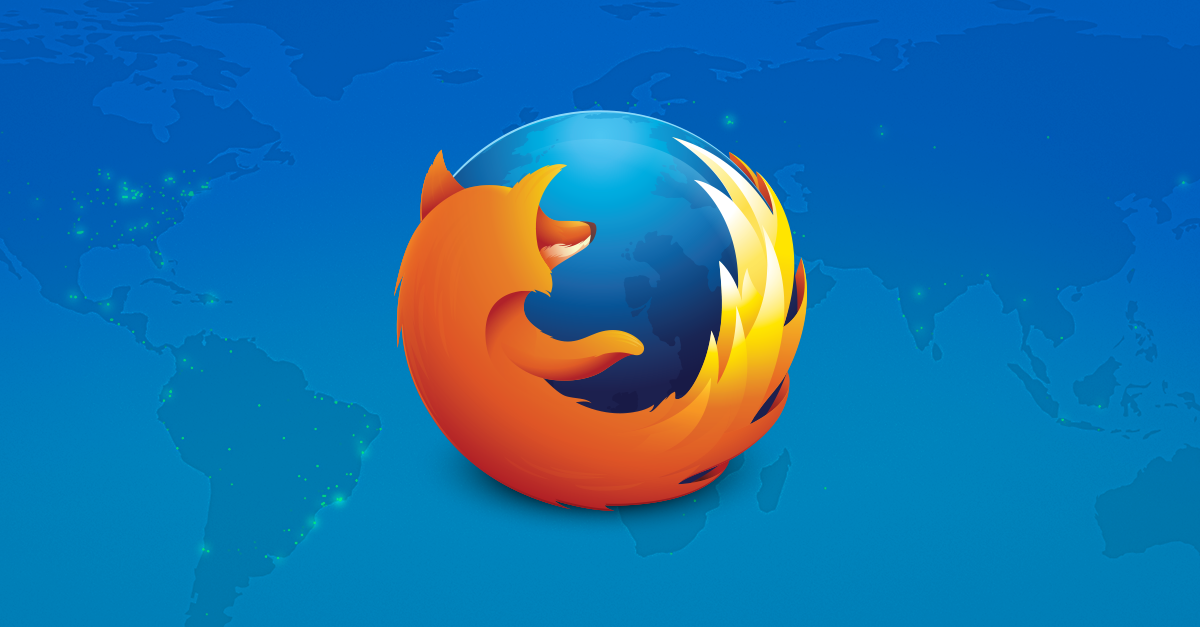Safari for Mac
Safari is included with your Mac operating system.

Learn more about all the topics, resources, and contact options you need to download, update and manage your Safari settings. Mac users interested in Mozilla firefox mac 10.5 8 generally download: Firefox 80.0 Free Firefox is one of the most popular web browsers on the market, providing numerous helpful features and quick speed to millions of users worldwide. Download Mozilla Firefox for Mac free. Mozilla Firefox is a fast, full-featured Web browser.
Updating Safari
To keep Safari up to date for the version of macOS you're using, install the latest macOS updates.
The most recent version of macOS includes the most recent version of Safari. For some earlier versions of macOS, Safari might also be available separately from the Updates tab of the App Store.

Reinstalling Safari
If you deleted Safari and don't have a Time Machine backup or other backup, reinstall macOS to put Safari back in your Applications folder. Reinstalling macOS doesn't remove data from your computer.
Before reinstalling, you might want to use Spotlight to search for Safari on your Mac. If you find it, but it's no longer in your Dock, just drag it to the Dock to add it back.
Safari for Windows
Apple no longer offers Safari updates for Windows. Safari 5.1.7 for Windows was the last version made for Windows, and it is now outdated.
How to get updates for macOS Mojave or later
If you've upgraded to macOS Mojave or later, follow these steps to keep it up to date:
- Choose System Preferences from the Apple menu , then click Software Update to check for updates.
- If any updates are available, click the Update Now button to install them. Or click ”More info” to see details about each update and select specific updates to install.
- When Software Update says that your Mac is up to date, the installed version of macOS and all of its apps are also up to date. That includes Safari, iTunes, Books, Messages, Mail, Calendar, Photos, and FaceTime.
To find updates for iMovie, Garageband, Pages, Numbers, Keynote, and other apps that were downloaded separately from the App Store, open the App Store on your Mac, then click the Updates tab.
To automatically install macOS updates in the future, including apps that were downloaded separately from the App Store, select ”Automatically keep my Mac up to date.” Your Mac will notify you when updates require it to restart, so you can always choose to install those later.
How to get updates for earlier macOS versions
If you're using an earlier macOS, such as macOS High Sierra, Sierra, El Capitan, or earlier,* follow these steps to keep it up to date:
- Open the App Store app on your Mac.
- Click Updates in the App Store toolbar.
- Use the Update buttons to download and install any updates listed.
- When the App Store shows no more updates, the installed version of macOS and all of its apps are up to date. That includes Safari, iTunes, iBooks, Messages, Mail, Calendar, Photos, and FaceTime. Later versions may be available by upgrading your macOS.
To automatically download updates in the future, choose Apple menu > System Preferences, click App Store, then select ”Download newly available updates in the background.” Your Mac will notify you when updates are ready to install.
* If you're using OS X Lion or Snow Leopard, get OS X updates by choosing Apple menu > Software Update.
How to get updates for iOS
Download Mozilla Firefox For Free
Learn how to update your iPhone, iPad, or iPod touch to the latest version of iOS.
Learn more

Mozilla Update Firefox Latest Version For Mac
- Learn how to upgrade to the latest version of macOS.
- Find out which macOS your Mac is using.
- You can redownload apps that you previously downloaded from the App Store.
- Your Mac doesn't automatically download large updates when it's using a Personal Hotspot.